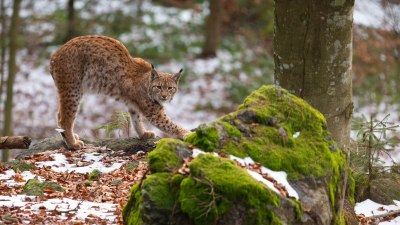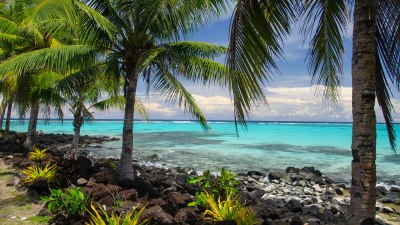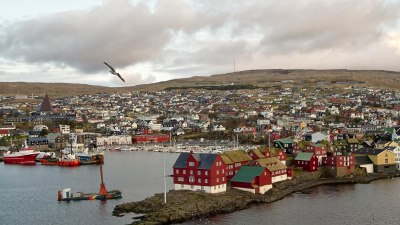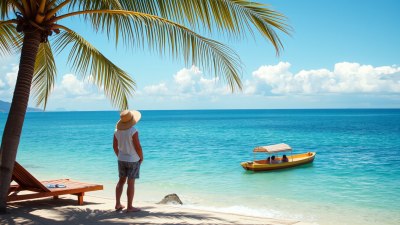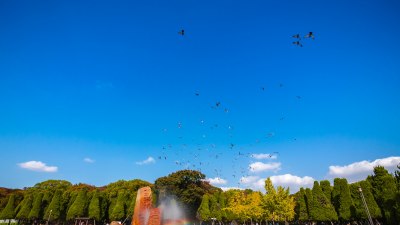Where Time Slows Down: Life in Distant Corners of the World
Explore remote places where life is unhurried, traditions thrive, and the pace of time feels different.
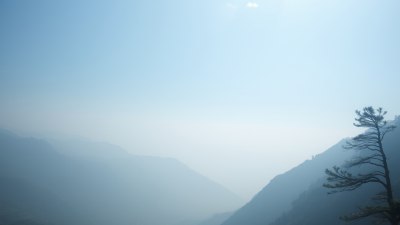
Image created with Flux Schnell
The concept of time is often perceived through the lens of modernity, with its fast-paced urban environments, incessant schedules, and the relentless race against the clock. However, across the globe, there exist remote corners where time seems to slow down, allowing for a unique way of life that is deeply rooted in tradition and community. These places offer a stark contrast to the highly connected, technology-driven world we live in, embodying a sense of serenity and simplicity that many long for. This article journeys to some of these distant locales, exploring what life is like in areas where time feels like it has come to a standstill, the culture, the people, and the essence of living slowly.
1. The Allure of Slower Lifestyles
In today’s world, the urgency of life often overshadowed the beauty of pausing, reflecting, and savoring every moment. However, in specific regions, life is conducted at a different rhythm. This slow lifestyle is marked by a stronger connection to nature, familial bonds, and community interactions. In these areas, the relentless pursuit of progress is often replaced by a focus on preserving cultural heritage and nurturing relationships. Residents engage in traditional practices handed down through generations, with festivals marking the seasons rather than commercialism driving their celebrations. This enduring connection to their environment and history enriches their daily experiences, resulting in a profound appreciation for life’s simple pleasures.
2. The Villages of Bhutan
Bhutan, often referred to as the last Shangri-La, is renowned for its commitment to preserving its cultural integrity and natural environment. Nestled in the eastern Himalayas, Bhutan is a living testament to a slower lifestyle characterized by its philosophical approach to happiness and well-being. The nation has famously prioritized Gross National Happiness over GDP, highlighting the significance of mental and spiritual wellness. Villages, where farmers still cultivate rice and maize using traditional methods, are picturesque, with their vibrant prayer flags fluttering in the wind. Life in rural Bhutanese villages moves with the changing seasons, where harvesting is a communal affair, and festivals serve as a time for families and friends to gather. This deeply ingrained sense of community, coupled with centuries-old traditions, fosters a unique environment where time seemingly stands still.
3. The Sami People of Scandinavia
The Sami people, an indigenous population inhabiting parts of northern Norway, Sweden, Finland, and Russia, embody a lifestyle that is intricately tied to the rhythm of nature and the reindeer herding tradition. Living in harmony with their surroundings, the Sami have crafted a way of life that honors the changing seasons. In the winter months, reindeer herding and traditional crafts take center stage, while summer offers the chance to gather herbs and fish in the untouched rivers. This connection to the earth defines their calendars and daily routines, fostering a rhythm that aligns with the natural world rather than the demands of urban life. The Sami culture, rich in storytelling, music, and art, reflects an unwavering respect for their past and an enduring commitment to preserving their identity.
4. The Countryside of Tuscany
In Italy, the rustic charm of Tuscany offers a reprieve from frenetic city life. The rolling hills, vineyards, and sun-dappled olive groves set the backdrop for a lifestyle steeped in tradition and reverence for quality over quantity. Villagers often engage in agritourism, where visitors can experience firsthand the slower pace of rural life—from grape harvesting to olive oil production. Family-owned farms dominate the landscape, focusing on sustainability and craft rather than industrial methods. Lunchtime is celebrated as a prolonged affair, emphasizing the importance of sharing meals, stories, and laughter with family and friends. Festivals like the Grape Festival in Chianti draw communities together, celebrating the bounty of the land with locally sourced food, music, and folklore. In Tuscany, time flows like the winding roads of the countryside, encouraging exploration and relaxation.
5. The Balinese Culture in Indonesia
In Bali, the concept of ‘temporal alignment’ prevails, where the community lives harmoniously within its environment, celebrating the cycles of life through vibrant ceremonies and cultural practices. Unlike the urban centers of Indonesia, rural Bali exemplifies a slower pace, where the rhythms of agriculture dictate daily life. Traditional Balinese farming techniques are complemented by spiritual beliefs, making each planting and harvesting season a sacred ritual. Vibrant ceremonies and festivals punctuate the year, drawing families and communities together in celebration. The concept of ‘Ngayah’—voluntary community service—is deeply ingrained in Balinese law and culture, fostering collaboration and unity. Balinese art forms, such as traditional dance and crafting, further emphasize the importance of cultural preservation, enriching daily life with color and creativity.
6. The Peace of Patagonia
In the remote regions of Patagonia, straddling the border between Chile and Argentina, the breathtaking landscapes offer more than mere beauty; they provide a backdrop for a lifestyle that embraces isolation and the slow rhythm of nature. The sparse population is dominated by gauchos and small farming communities that prioritize self-sufficiency and sustainability. Living in harmony with the land, they rely on traditional practices to raise livestock and cultivate crops integral to their diet. The stunning scenery—towering mountains, vast plains, and pristine lakes—reflects a serene lifestyle where time is measured in sunsets and seasons rather than hours and minutes. Outdoor activities, such as hiking and fishing, are not just hobbies but essential parts of life in Patagonia, fostering a connection to the earth that enriches the community’s experience.
7. The Fishermen of the Maldives
The Maldives, with its idyllic beaches and azure waters, has become a dream destination for travelers. Yet, beyond the resort life lies a unique way of living among the local fishing communities. The inhabitants of these islands engage in sustainable fishing practices, embracing their heritage while ensuring the longevity of their environment. Far from the commercial tourism of luxury resorts, the local lifestyle revolves around the ocean, with fishing being not just a means of sustenance but a cultural cornerstone. Traditional dhonis—wooden fishing boats—are symbols of their way of life, crafted with love and used with skill passed down through generations. The local markets buzz with life as families gather to share stories and exchange goods, creating a communal atmosphere that reinforces the bonds of tradition and family.
8. The Slow Living Movement
Globally, the slow living movement seeks to reconnect individuals with the core values of simplicity, mindfulness, and intentional living. This philosophy finds its roots in these distant corners of the world, promoting the notion that life can be more fulfilling when decoupled from the pressures to constantly produce and progress. As people yearn for meaning in their lives, the allure of slow living—as exemplified by these remote communities—offers an inspiring alternative. By embracing moments of stillness, learning to appreciate the beauty of nature, and nurturing relationships, individuals can cultivate a fulfilling existence that transcends societal expectations.
9. Embracing the Slow
In our increasingly connected and fast-paced lives, the allure of distant corners where time slows down remains a testament to the beauty of simplicity. These communities illustrate the profound richness that can be derived from a slower lifestyle—a life woven with traditions, family connections, and deep respect for the natural world. As we explore these distant places, we are reminded to embrace moments of serenity, allowing ourselves to step back from the hustle and revel in the magic of living intentionally. To understand and appreciate the art of slowing down can lead to a deeper sense of happiness and satisfaction in our lives, echoing the wisdom found in far-off corners of the world.
